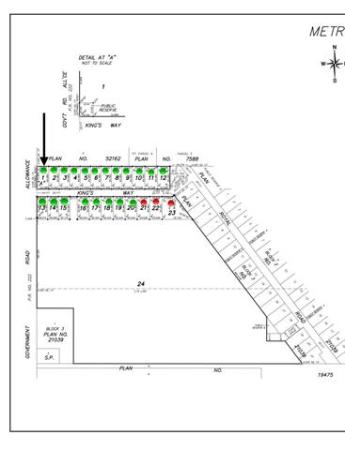People read about what is happening in the United States and just assume that whatever happens there is destined for Canada in the immediate future. Investment brokerage firms create scare tactics to encourage consumers to hold back on big-ticket spending.
However, the simple truth is that Canada is not the U.S. and whatever happens there does not necessarily happen here; and there is a variety of experts who can give reasons why it won't. Two brokerage firms recently predicted the demise of Canada's housing industry and the media and many others picked up on these stories. These were not banks, credit unions or other financial institutions firmly entrenched and familiar with mortgages, but rather companies (one with a very limited Canadian presence) whose primary interest is encouraging clients to invest in savings strategies rather than big-ticket purchases.
Many sources disagree with the prediction of a housing collapse. Prime Minister Stephen Harper noted that the housing and construction markets are much stronger in Canada than the U,S. He also noted major differences between our mortgage situations.
As well, Bank of Canada Governor Mark Carney expressed confidence in the Canadian economy and noted that personal spending continued to flourish. He emphasized that the Bank of Canada remained committed to the achievement of low, stable and predictable inflation and said that the cost of borrowing would not spike as it had south of the border.
The Scotiabank Group identified further differences between the Canadian and U.S. mortgage markets. While it is true that Canadian debt growth has increased on a par with that in the U.S. in recent years, it must be remembered that Canada experienced a much greater recession than the U.S. in the early 1990s and so took much longer to rebound.
Therefore, the two economies started at considerably different points. Canada's ratio of household debt to income is also much lower than in the U.S.
The U.S. subprime market for new mortgages from 2004 to 2006 was somewhere between 20 and 25 per cent. Canada sits at five to six per cent for outstanding mortgages and so isn't nearly as exposed to the dangers that can cause damage to the market.
Canada retains much higher homeowner equity than the U.S., where mortgage debt growth has been outpacing housing assets for the past 15 years. Riskier investor mortgages account for nine per cent of all outstanding mortgages in the U.S., 9.5 per cent in the United Kingdom and 10 per cent in Australia. They are between two and three per cent in Canada.
Canadian financial institutions tend to be much more conservative than their U.S. counterparts. This practice extends to mortgages on balance sheets, insured securitizations, a lack of reliance on short-term lines and prudent underwriting standards. Although our financial institutions and Canadians in general are frequently mocked for our conservative, non-risk approach, given the current financial situation in the U.S., perhaps a little cautious introspection is a good thing.
This column prepared by the Manitoba Home Builders' Association.



